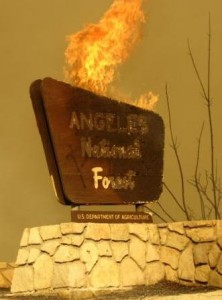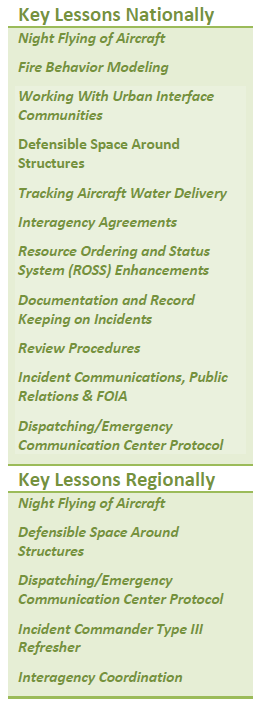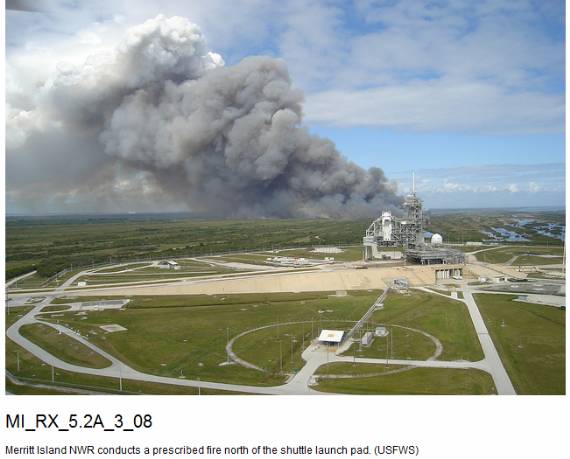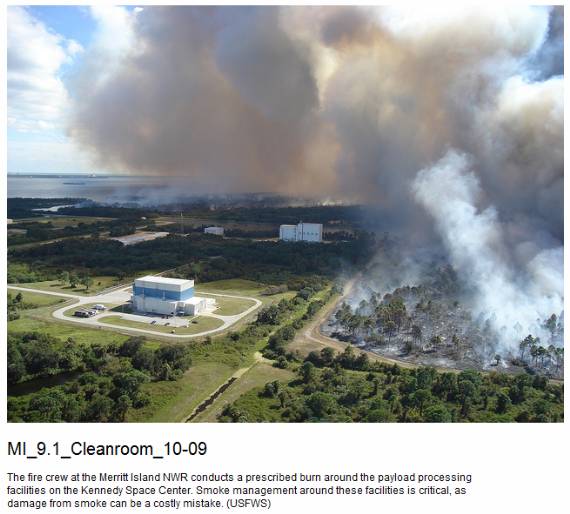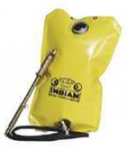 Maybe I led a sheltered life as a firefighter, or perhaps I just worked around people who made safety number one, but until today I had never heard of filling a bladder bag (backpack pump) with a mixture of gasoline and diesel fuel and using it to apply the burn mix onto brush or slash piles that were to be burned, or were presently burning. But apparently it is a common practice on some U.S. Forest Service districts, according to a recently released “Lessons Learned” document. Below is an excerpt; the entire document is HERE. After the reported near miss, those practices may change.
Maybe I led a sheltered life as a firefighter, or perhaps I just worked around people who made safety number one, but until today I had never heard of filling a bladder bag (backpack pump) with a mixture of gasoline and diesel fuel and using it to apply the burn mix onto brush or slash piles that were to be burned, or were presently burning. But apparently it is a common practice on some U.S. Forest Service districts, according to a recently released “Lessons Learned” document. Below is an excerpt; the entire document is HERE. After the reported near miss, those practices may change.
================================================================
I was walking down the hall of the district office with one of the district staff when we stepped into a conversation some of the crew leaders and assistant crew leaders where having about a near miss on some pile burning operations the previously day. There had been a flashback of flame toward one of firefighters while using a Fedco five gallon with fuel mix (piss bag/ bladder bag) to fuel the ignition on one of the piles. Some of the group was thinking it was no was big deal, some were trying to defend the action of using the Fedco as a firing tool, some were not sure and others thought it was not the right tool for the job. One individual said “we used to use them in region “X” and on my old forest all time in pile burning no big deal you have to just be careful with the flashback”.
I decided to bring it forward to the group that this is something we need to talk about, some were a little reluctant but everybody joined in. I had someone inform the rest of the folks waiting to go out pile burning that we all needed to talk about this issue and that “the piles would wait”. Someone pointed out “have you ever seen a dry piss bag on a fire and did you think there was fuel on the outside of the bag”?
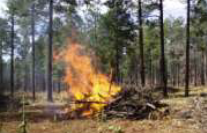 The employee who had the near miss said his fire shirt had fuel on it. We talked how the drip torch had a spark arrest in it, and you are creating a fine mist at the nozzle when you pump the bladder bag which is also creating flumes which comes back and creates the flash that becomes a very unsafe operation.
The employee who had the near miss said his fire shirt had fuel on it. We talked how the drip torch had a spark arrest in it, and you are creating a fine mist at the nozzle when you pump the bladder bag which is also creating flumes which comes back and creates the flash that becomes a very unsafe operation.
The subject came up how to carry 5 gallon of fuel mix up the hill as the gas cans weight down on the arm. We asked those that did not think this was the right device to use, why did they not say anything. They felt that they were not going to use it and the person who filled it up was the senior leader of the group.
“What if this had not been a near miss but more serious we should have spoken up or at least talked about it.” We discussed, both as a group and one-on-one, the actions, planning and proper tools to use. We all need to have more training and discussions of proper tools, safety, and minimizing risks.





